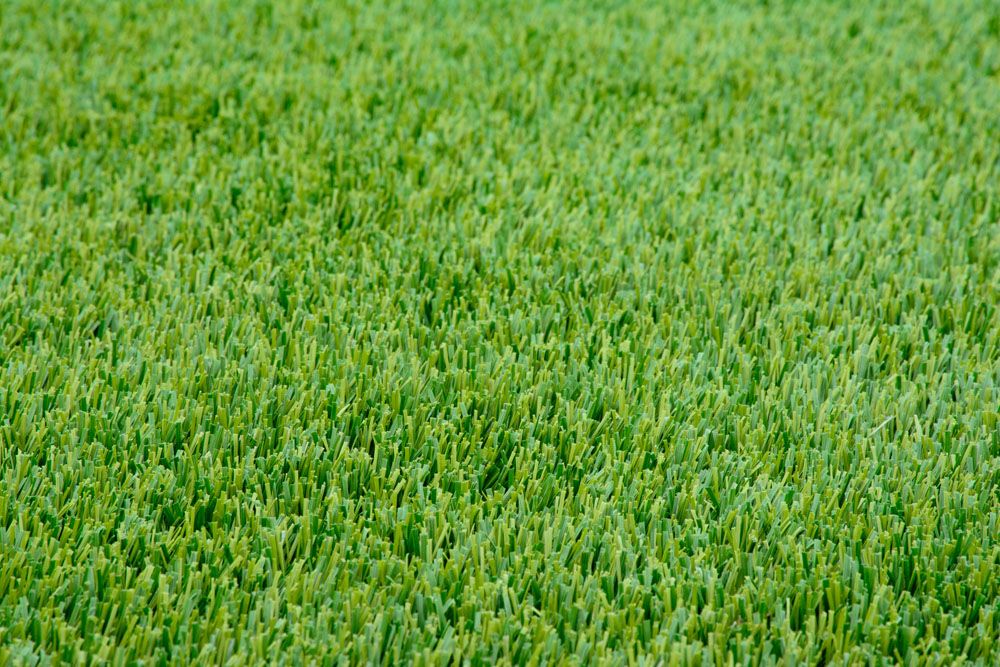
Lolium spp. – Ryegrass
Lolium spp. – Ryegrass: Management and Control
Lolium is a genus of tufted grasses in the grass family’s bluegrass subfamily. It is commonly referred to as ryegrass, however this name is also used to refer to grasses of other genera. They are distinguished by their cluster-like development tendencies. Lolium is native to Europe, Asia, and northern Africa, but it is also grown and naturalized in Australia, the Americas, and many marine islands.
It is critical to differentiate between perennial rye and annual rye. Annual ryegrass, as the name implies, is an annual plant, which means that its life cycle is completed in a single growing season. Annual rye will perish at the conclusion of the growing season. Annual ryegrass is a low-cost seed that is often included in economy seed bundles. The homeowner frequently does not understand the distinction and is unaware of what they are receiving. It’s also utilized as a cover crop when low germination seed is about to sprout. As long as the atmosphere is conducive to development, perennial ryegrass will thrive for many years.
Description
This grass is a short-lived perennial with a single culm or a little tuft of leafy culms that grows to be around 34–2 feet tall. Both fertile and sterile branches can be found. The culms are terete to slightly compressed, light green, hairless, and terete to slightly compressed. The leaves are found mostly in the lower one-third of each fertile culm’s length, where they alternate. The leaf blades are 2-5 mm wide and up to 6″ long, medium to dark green in color, hairless, and ascending to widely spreading. The leaf blades have whitened auricles that clasp the culms and are wrinkled above and keeled below.
Management and Control
When designing an integrated plan to control annual ryegrass, numerous methods should be considered. These include boosting crop competitiveness, burning residues, inversion ploughing, autumn tickling, and the use of herbicides, among other things. Fill a 3-gallon garden sprayer halfway with a non-persistent-contact herbicide designed for weeds rather than grass. This is an herbicide that kills weeds on contact and does not persist in the soil. Glyphosate is the most often used herbicide for controlling annual ryegrass. It is critical to use an appropriate rate.
